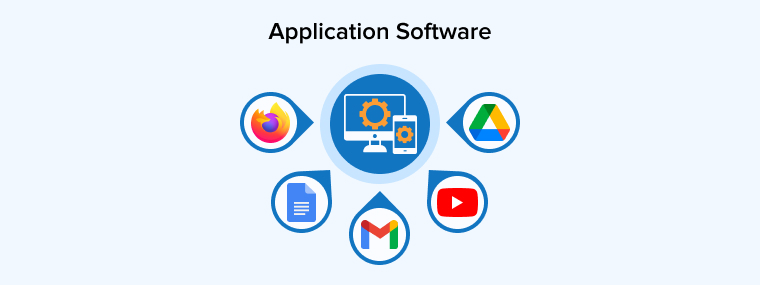Introduction
In a competitive mobile app landscape, performance can make or break your application’s success. Users expect seamless, responsive experiences, and even minor delays can lead to frustration and app abandonment. Optimizing your React Native app for performance is essential for maintaining user satisfaction and retention. As a react native app development company, we understand the significance of delivering high-quality, efficient applications. This article will delve into key strategies for enhancing your app’s performance, ensuring it meets both user expectations and business objectives.
Understanding React Native Performance
React Native is a popular framework for building mobile applications using JavaScript and React. While it allows developers to create cross-platform apps efficiently, performance can sometimes be a concern, especially when dealing with complex animations or large datasets.
Key Components of React Native Performance:
- JavaScript Thread: React Native relies on a bridge to communicate between native modules and the JavaScript code. If the JavaScript thread is blocked or slow, it can lead to lag in user interactions.
- Native Modules: React Native uses native components to enhance performance. Understanding how to effectively utilize these modules is critical for optimizing your app.
- Rendering Process: React Native’s rendering process involves various stages, including reconciliation, which can impact performance. Efficient rendering is key to smooth user experiences.
Importance of Optimizing Performance
Optimizing your React Native app for performance brings numerous benefits that directly impact user experience and business outcomes:
- Improved User Experience: A well-optimized app responds quickly to user inputs, providing a smooth and enjoyable experience. This leads to higher user satisfaction and retention rates.
- Increased App Engagement: Faster load times and responsive interactions encourage users to spend more time within the app, boosting engagement and potentially increasing conversions.
- Lower Bounce Rates: Users are more likely to abandon apps that are slow or unresponsive. Optimizing performance reduces bounce rates and increases the chances of user retention.
- Positive App Store Ratings: Performance directly influences app reviews and ratings. A high-performing app is more likely to receive positive feedback, improving its visibility and attractiveness in app stores.
- Cost Efficiency: Optimizing performance can lead to reduced server costs, as users are less likely to experience crashes or slow load times that require additional resources.
Actionable Tips for Optimizing React Native App Performance
To enhance the performance of your React Native app, consider implementing the following strategies:
- Use the Latest Version: Always keep your React Native framework updated to benefit from performance improvements and new features.
- Optimize the JavaScript Thread:
- Minimize the amount of work done on the JavaScript thread. Offload heavy calculations to native modules or use libraries for smoother animations.
- Utilize the
InteractionManagerto defer heavy tasks until interactions are complete.
- Reduce Rendering Overhead:
- Use
shouldComponentUpdateandReact.memoto prevent unnecessary re-renders of components. - Break down large components into smaller, reusable ones to optimize rendering performance.
- Use
- Implement Lazy Loading:
- Load resources, components, and data only when necessary. This reduces the initial load time and improves responsiveness.
- Optimize Images:
- Use appropriate image formats and resolutions. Compress images before uploading them to reduce their size.
- Use Performance Monitoring Tools:
- Utilize tools to monitor performance issues and track app metrics.
- Profile your app’s performance regularly to identify bottlenecks.
Common Misconceptions and How to Avoid Them
When it comes to optimizing React Native apps, several misconceptions can hinder development efforts:
- Misconception: Optimization is Only Necessary for Large Apps.
Reality: Even small apps benefit from optimization. Users expect high performance regardless of the app’s size. - Misconception: Native Development is Always Faster.
Reality: While native apps may have performance advantages, a well-optimized React Native app can come close to native performance levels. - Misconception: React Native is Only for Simple Applications.
Reality: React Native can handle complex applications, but proper optimization is crucial for maintaining performance. - Misconception: Performance Optimization is a One-Time Task.
Reality: Optimization should be an ongoing process throughout the app’s lifecycle. Regular updates and performance checks are essential for sustained success.
Conclusion
Optimizing your React Native app for better performance is vital for delivering an exceptional user experience. By understanding the intricacies of React Native performance and implementing the tips outlined in this article, you can enhance your app’s responsiveness and reliability. Engaging a react native app development services can further streamline this process, ensuring your application meets high standards. If you’re ready to improve your app’s performance or need assistance with React Native development, contact us today to explore how we can help you achieve your goals



